If you want to drink water in Armavir, you have to pay
A morning water ceremony
Back in soviet times it was a canning plant whistle that woke Armavir town up, whereas now it’s a horn of a ZIL vehicle, selling the water.
Armavir population has been buying drinking water, sold from the water tank trucks, for over 20 years already. On a side note, it cost the people three times more than tap water.
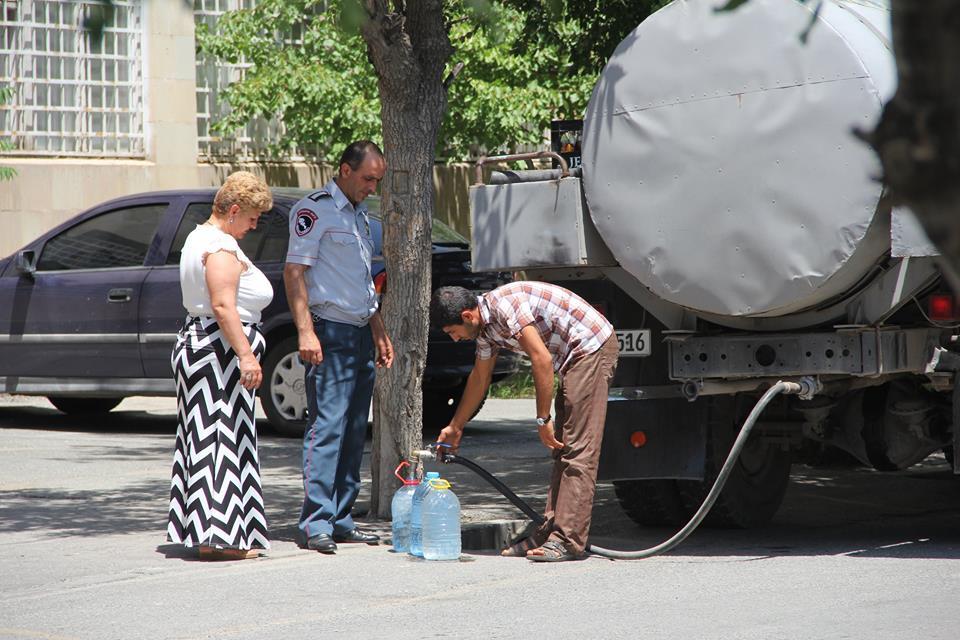
Every morning, at a certain time, Tamara awaits the arrival of a water tank truck. For 20 years, she’s been buying water first, and only afterwards gets down to doing the household chores. In her words, the vehicle drivers, as well as the trucks themselves, changed from time to time and the water price doubled in years. If earlier they charged AMD 50 (approximately USD 0.10) per bucket of water, it is now AMZ 100.
Why do Armavir residents refuse to drink tap water?
‘Nor Akunk’ CJSC ensures a round-the-clock water supply in Armavir town. Despite the company management’s efforts to convince the residents that this water is suitable for drinking, Armavir residents aren’t taken in by it. In fact, its poor quality could be seen with the naked eye.
The residents claim that the salt concentration in the tap water in their apartments exceeds the norm several times, and the amount of salt accumulated in household heaters makes it particularly evident.
The management of ‘Nor Akunk’ CJSC doesn’t deny the fact of the hardness of the drinking water, but it argues that it’s not dangerous for a persons health. The district’s epidemiology center also shares this opinion: the hardness level does not exceed permissible limits.
The history of Armavir’s water supply
Armavir, formerly known as Hoktemberyan, had been supplied drinking water from Zeva. However, later, due to population growth, it became necessary to increase the water supply. A huge water channel was built as part of the state-run program to supply drinking water from Alagyaz to Armavir and Yerevan.
Thus, Armavir residents’ long-time dream to get high-quality drinking water came true. Water supplied from Alagyaz was several times superior in quality to that supplied from Zeva.
However, Armavir residents didn’t rejoice for long. Zeva’s water resources gradually exhausted and the water flow from Alagyaz was redirected to fully supply the capital. Armavir residents fell on hard times. Water was supplied 1-2 hours a day, whereas the residents of high-rise buildings, living on the second and upper floors, weren’t supplied at all. That’s when Armavir residents started buying drinking and common use water from the water tank trucks for AMD 5 (about USD 0.01) per liter.
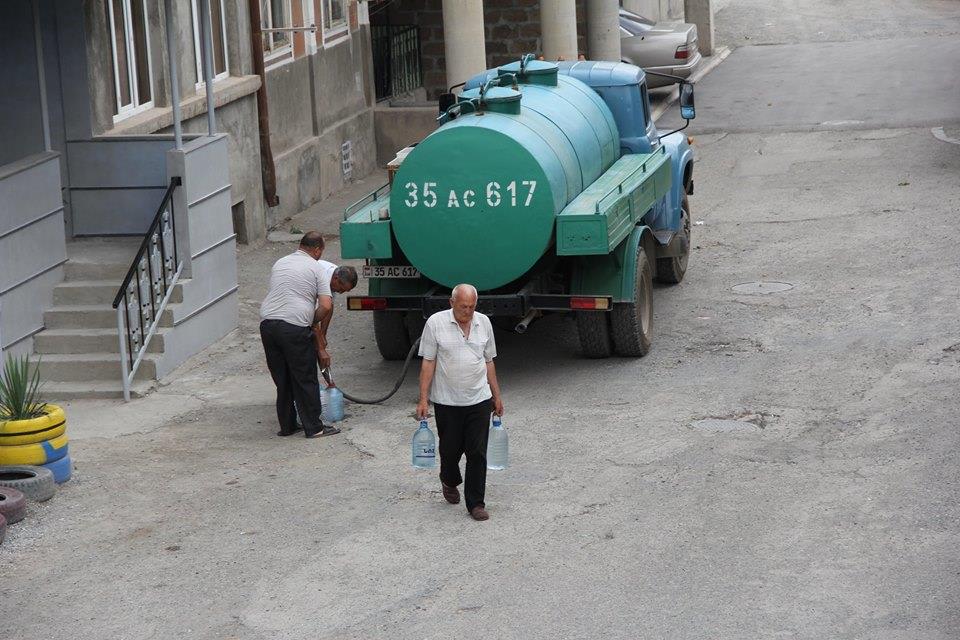
In 1999, the German government allocated a loan for the overhaul of the water supply network in Armavir and the surrounding villages. At the same time, 11 artesian wells were drilled, through which it was planned to supply Armavir and the neighboring villages.
The Armavir population was enheartened by a round-the-clock water supply, but people were still buying drinking water from the water tanks.
Where is this water from?
The water tank trucks deliver water from Talin, located 40km away from Armavir. This business was developing successfully, because, in Talin, the tanks were filled with water – free of charge – and its sale was not subjected to tax control. The water carriers filled the tanks with water several times a day and sold it in Armavir.

The number of water tank trucks increased so much over time that it took three days to sell a tank of water. No one has ever controlled the biological changes that water has undone over this period of time.
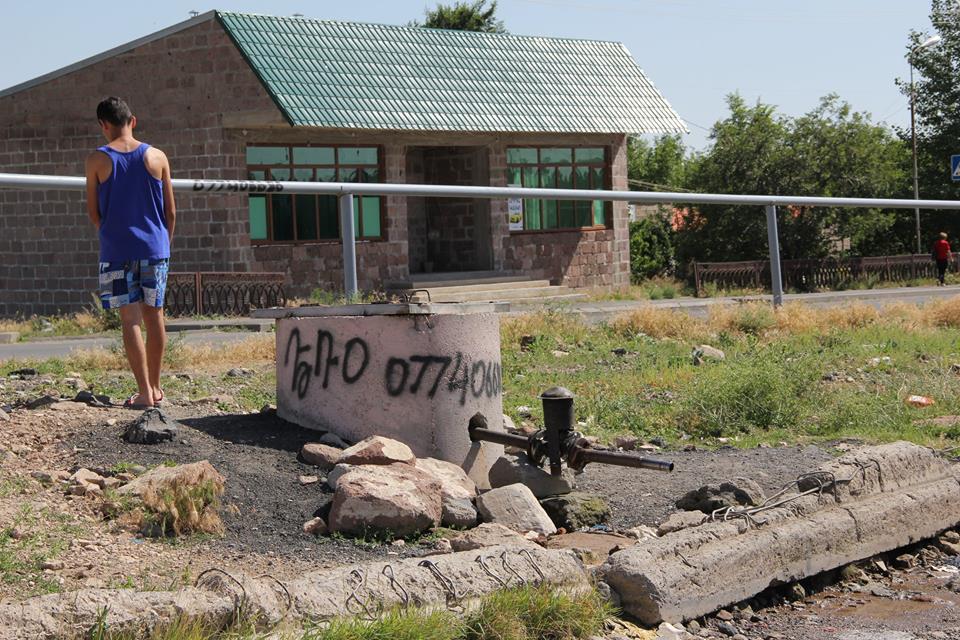
Meanwhile, Talin residents soon realized that their water was in demand, and they started selling water from water tank trucks themselves: at AMD 1,500 (about USD 3) per water tank.
Profits increased, while the water tanks dropped in number
The water business had attracted influential people’s attention. As a result, the number of tanks had been reduced and a particular area had been allotted for the water tank trucks. Meanwhile, the water business isn’t registered with any tax agency and its real owners remain in the shadows.
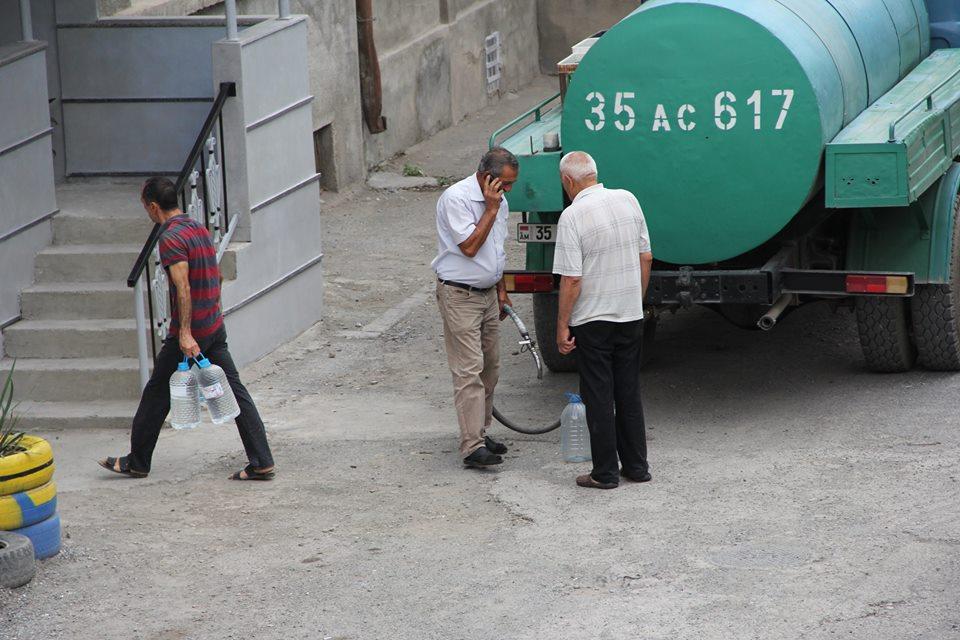
AMD 200 worth of fuel is consumed for the transportation of 1 water tank (slightly more than USD 4 dollars), and AMD 1,500 is spent on water itself. A tank holds five tons of water. Consequently, if sold at AMZ 10 per liter, the income will total AMD 50,000 (over USD 100).
If we subtract the transportation and water procurement costs, as well as water sales related expenses, 1 water tank ends up generating an income of about AMD 40,000 (approximately USD 85). In summer time, a water carrier can sell two water tanks per day.
The situation in rural communities
The rural communities of Armavir province also represent a consumer market for the drinking water traders. In addition, the situation in rural areas is even worse. Not only is this area supplied with that very artesian spring water which has a high level of hardness, but the water is also supplied only at certain hours.
The rural communities have no financial means to ensure round-the clock operation of pumping stations. Unlike Armavir, where the water supply company and the monitoring agency claim that water is suitable for drinking, the situation in rural communities doesn’t allow them to state the same.
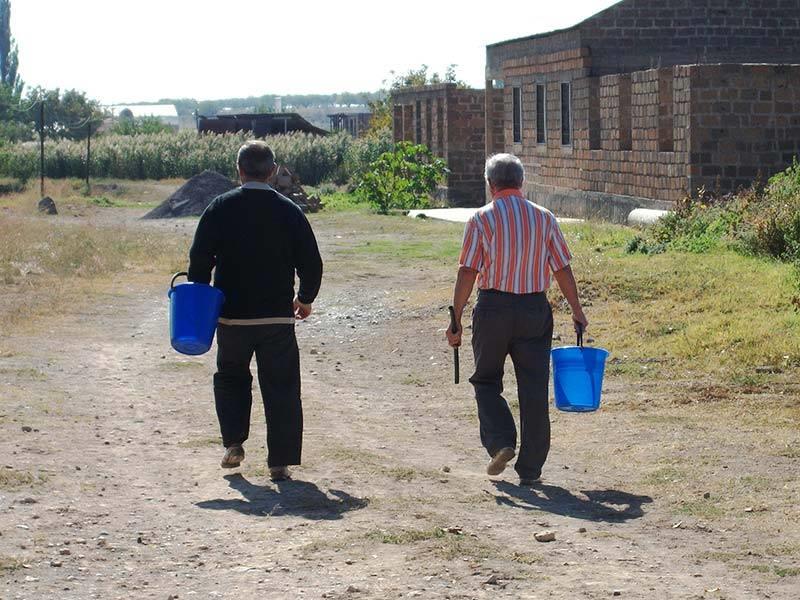
The matter is that in rural communities, for instance, in Jrarat village, water is supplied once a day, for two hours. In most of the villages water is mainly supplied in the morning hours – from 8 a.m. to 10 a.m. Still water in the underground layer is subjected to bio-corrosion, especially in the summer period.

A strange-color liquid often runs from a tap a few minutes after the water is supplied and the most unimaginable representatives of the animal world are drained into the sink along with it. The situation is particularly alarming in the villages that inherited the Soviet water supply system, that had been initially in a deplorable state.
There are quite a lot of people in Armavir province, who have been affected by the water business and who have been taken to the hospitals’ infectious departments. For example, the residents of Tsahkalanj and Zartonk, who have overcome a pandemic. But who is to blame and what exactly should he/she be blamed for? None of the competent agencies are interested in looking into the situation.
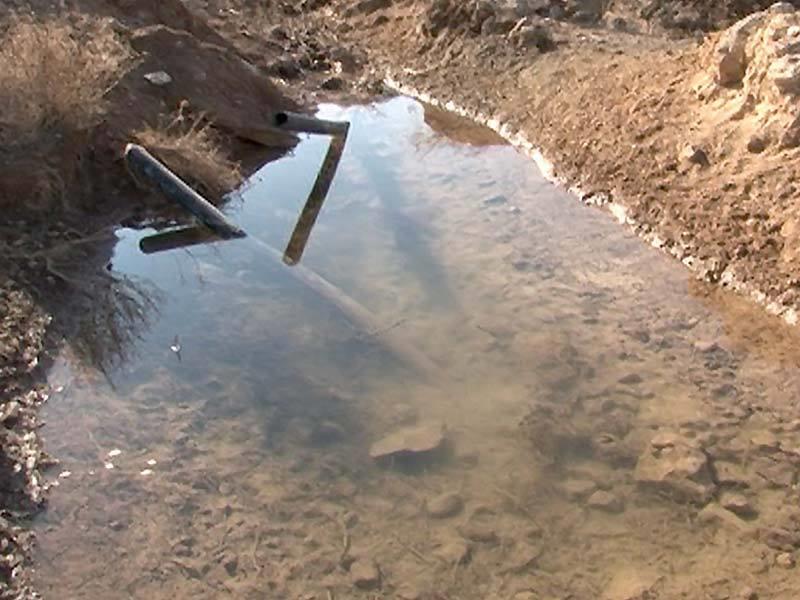
Meanwhile, people have got accustomed to such a state of affairs and no one believes that the problem with drinking water will ever be solved in Armavir.
Published: 09.09.2016



















